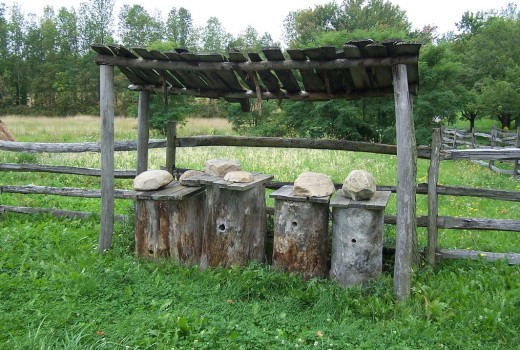- Joined
- Jun 18, 2011
- Messages
- 6,479
- Reaction score
- 392
you can get the original manuscript here
manuscript pdf
not as pretty as the springer formatted paper
The figures and tables are at the back. There is a considerable difference between poly hives (1.3 to 0.97 W/K )but they are all much warmer than wood 2.6 W/K all of them nowhere near a tree 0.4W/K
manuscript pdf
not as pretty as the springer formatted paper
The figures and tables are at the back. There is a considerable difference between poly hives (1.3 to 0.97 W/K )but they are all much warmer than wood 2.6 W/K all of them nowhere near a tree 0.4W/K
Last edited:
















































